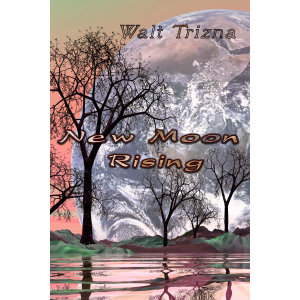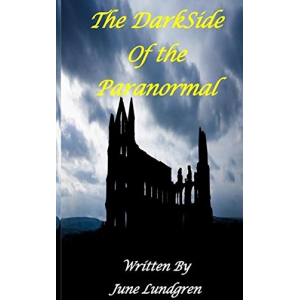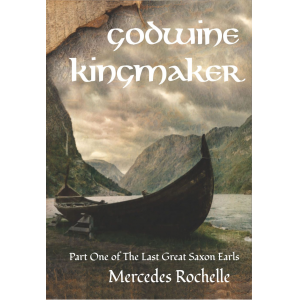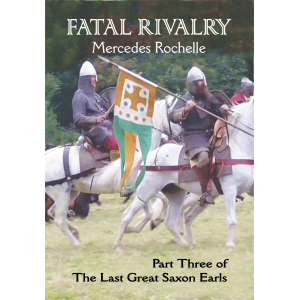- Author
- Book
- Story behind the book
- Media Links
- Reviews
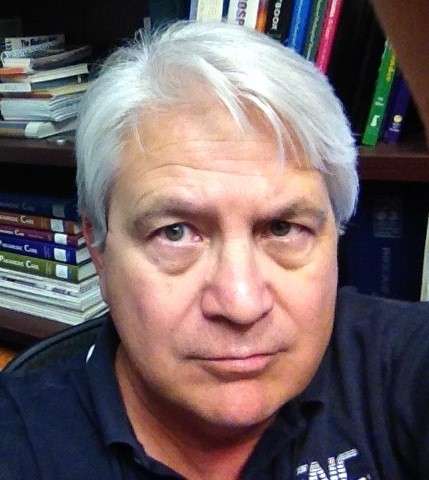
Martin Roy Hill
About
Martin Roy Hill is the author of the military mystery thriller, "The Killing Depths," and the award-winning short story collection, "DUTY: Suspense and Mystery Stories from the Cold War and Beyond."
Martin spent more than 20 years as a staff reporter and editor for newspapers and magazines, before becoming a military analyst specializing in battlefield medical operations for the Navy. His freelance credits include Reader's Digest, LIFE, Newsweek, Omni, American History, Coast Guard Magazine, Retired Officer Magazine, the Los Angeles Times Sunday Opinion Section, and many more.
Much of Martin's freelance work involves historical topics, especially military history. He was a lead contributor to the 1995 WWII anthology, "From Pearl Harbor to Nagasaki: America at War," published by the Retired Officer Association (now called the Military Officer Association. He was also a contributor to the 2013 Civil War anthology, "Gettysburg: Three Days that Saved the United States."
Martin's short stories have appeared in such publications as Alfred Hitchcock Mystery Magazine, Alt Hist: The Magazine of Historical Fiction and Alternate History, Plan B Mystery Anthology, San Diego Magazine, and San Diego Writer's Monthly. His first book, "DUTY," was named the Best Short Story Anthology/Collection during the 2013 San Diego Book Awards (SDBA). "The Killing Depths" was also named a finalist for the SDBA Sisters In Crime Mystery Award.
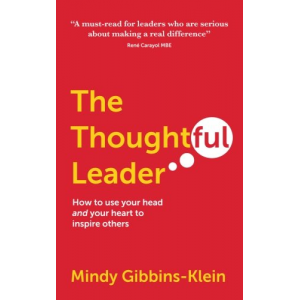
The Thoughtful Leader: How to use your head and your heart to inspire others
Description
<p>Is it time for leaders to think more deeply and more effectively?<br /><br />Tired of people throwing the term 'thought leadership' around and using it to label unexceptional people and mediocre content, Mindy Gibbins-Klein sets out to define and introduce a new paradigm and a new standard of idea generation and sharing.<br /><br />Thoughtful leaders exhibit exceptional thinking as well as consideration for others. It is the thoughtful leader who will introduce a new era - a more thoughtful era.<br /><br />This brave book inspires, encourages and teaches Real thought leaders a new way of thinking and behaving.<br /><br />- Reach beyond content marketing and thought leadership<br />- Achieve greater levels of thinking<br />- Discover hidden depths within yourself<br />- Become a true Thoughtful Leader</p>
